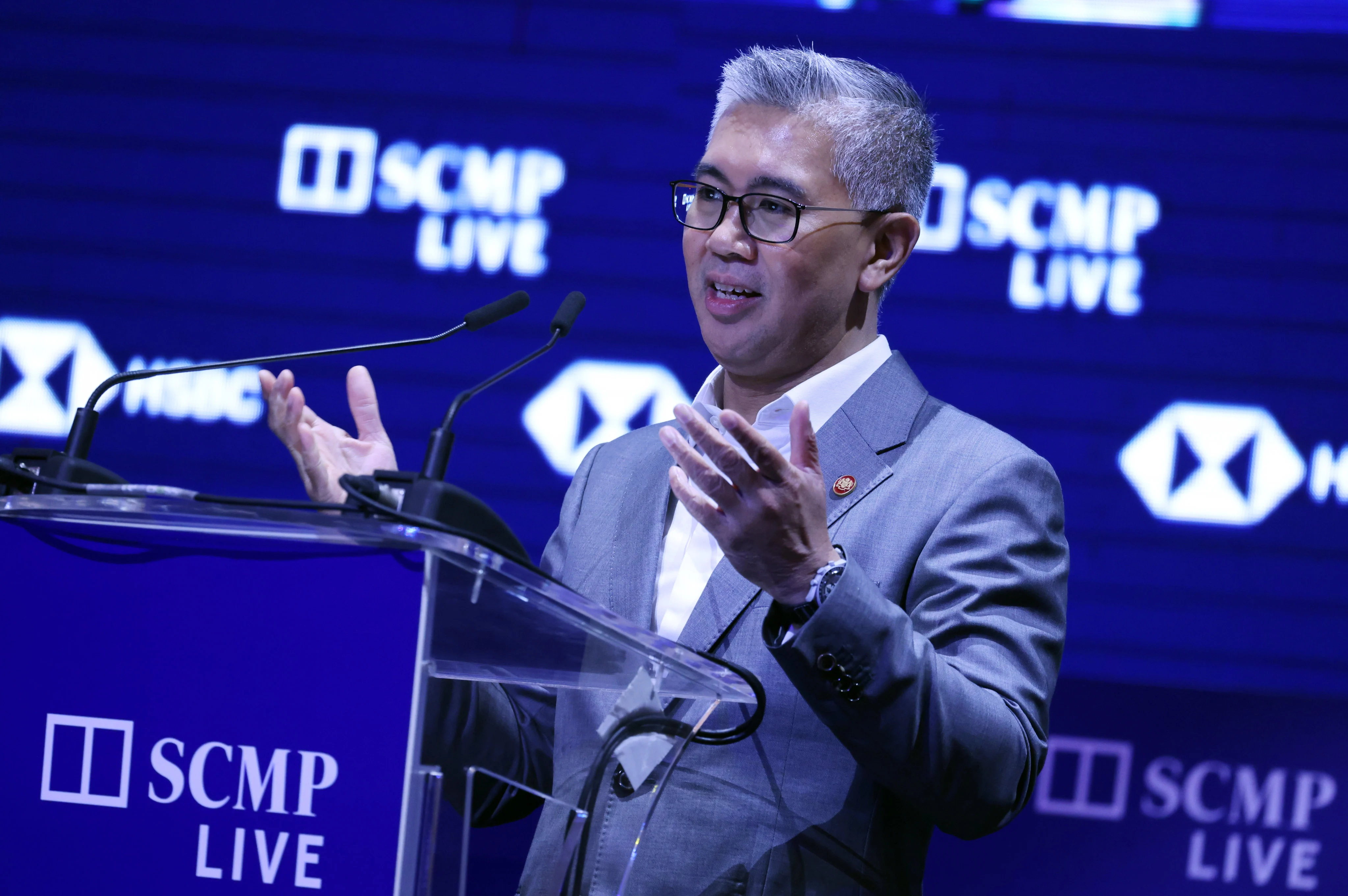By Joseph Sipalan
Copyright scmp

As the world’s two largest economies drift further apart, Malaysia’s top trade official has reached a sobering conclusion about what that means for Southeast Asia: businesses must build not one, but “two kitchens” to survive.
“Our factories, our companies have to start preparing for having two kitchens,” Tengku Zafrul Aziz told This Week in Asia – an allusion to the reality that firms must now simultaneously cater to both American and Chinese demands and their increasingly divergent rules.
The aftershocks of US President Donald Trump’s “Liberation Day” tariffs are now being felt across Southeast Asia, where levies ranging from 19 to 49 per cent have been eating into exports and growth forecasts.
For many manufacturers, the most urgent questions are suddenly existential: where to build, what to make and, crucially, who to sell to.
Trump has defended the tariffs he imposed indiscriminately on friends and rivals alike as essential for reducing America’s multibillion-dollar trade deficits, accusing trading partners of having taken the world’s largest consumer market “for a ride”.
Yet analysts agree that the true target was China, America’s strategic adversary, placing Southeast Asia – and transshipment hubs like Malaysia and Vietnam especially – in the crosshairs of a global economic realignment.
For decades, the region’s prosperity has depended on its role as a manufacturing base for global giants, serving both the US and China.
Now, exporters faced hard choices that are not just commercial, but geopolitical, Zafrul warned. He said Washington had made clear that it did not want its vital supply chains, especially in semiconductors, entangled with China’s.
When we scale up we’ll have to play both games, both supply chains. We have no choice
Malaysian trade minister Tengku Zafrul Aziz
“They [the US] won’t stop you from trading with China, that one they are very clear [about]. But they just don’t want their technology to be compromised,” Zafrul said. “And I think China also feels the same way now.”
He predicted, therefore, that the “two kitchens” approach was not merely a theory but “going to be an eventuality”, with both sides insisting their strategic industries remain insulated – even if that means untangling previously inseparable supply networks.
Trump, who is set to attend the Association of Southeast Asian Nations’ summit in Malaysia later this month, was preceded in September by his trade representative, Jamieson Greer, who delivered a blunt message in Kuala Lumpur: the US would not budge on its goal of reclaiming control over critical sectors, including semiconductors, which also make a vital contribution to the economies of Malaysia, Vietnam and Thailand.
On Monday, the latest volley in Trump’s tariff campaign hit imported furniture with a 25 per cent duty, aimed chiefly at Chinese and Vietnamese manufacturers who together accounted for 60 per cent of America’s US$25.5 billion furniture imports last year. But the fallout will also be felt by smaller Southeast Asian exporters.
Washington’s aggressive trade stance has prioritised the suffocation of Beijing’s access to cutting-edge semiconductor technology, setting the tone for Trump’s Malaysia visit. He arrives at a time when the region is racing to diversify its markets, yet remains acutely aware of the need to avoid antagonising China, its largest trading partner.
Southeast Asia is now part of a new region-centric supply chain being rapidly built out as global uncertainty rises in the wake of Trump’s protectionism, according to global strategy consultancy Roland Berger.
“The traditional global supply chain no longer meets regional needs for resilience,” the firm said in its latest analysis, published last month. “Europe, North America and Asia are therefore building their own systems, laying the foundation for a multipolar global supply chain.”
China has already taken a leading role in establishing an Asia-centric supply chain, deepening ties with Southeast Asia and building economic and technological partnerships with both Japan and South Korea.
But for smaller countries like Malaysia, the fragmentation of global trade presents a dilemma, especially as it seeks to move up the value chain.
Malaysia supplies around 13 per cent of the world’s advanced chip testing and packaging and aspires to expand into the more lucrative sectors of wafer fabrication and integrated circuit design. But any move to deepen links with China’s tech sector risks Washington’s wrath.
During his visit to Malaysia last month, Greer described chips as “critical” to US national security and warned that regional manufacturers must shift production to America or face punitive tariffs. This follows Trump’s earlier threat to impose at least 100 per cent tariffs on semiconductor firms that resist relocating to the US.
“When we scale up we’ll have to play both games, both supply chains. We have no choice,” Zafrul said, referring to accessing both the US and Chinese markets.
The trade chief, who has led Malaysia’s negotiations with Washington since April, said his team was laser-focused on finalising details of a deal ahead of Trump’s arrival. He said the agreement would offer long-sought clarity: “Once we have an agreement, it creates certainty.”
The pact is expected to formalise a 19 per cent tariff on Malaysia – matching rates the US imposed on Indonesia, the Philippines and Thailand – in return for a US$240 billion pledge to invest in the US economy and buy a range of American goods, from corn to aircraft.
“We never expected to stop Trump. Nobody was able to do it. Even Singapore,” Zafrul said, referring to the neighbouring city state that was hit with a 10 per cent tariff rate despite buying more from America than it sells and having “zero” barriers to trade.
“What else can they give?” he asked, adding: “I’ve engaged my counterpart there [in the US], and I think their boss is very clear. He’s not going to just give up and reduce them [the tariffs] so fast.”